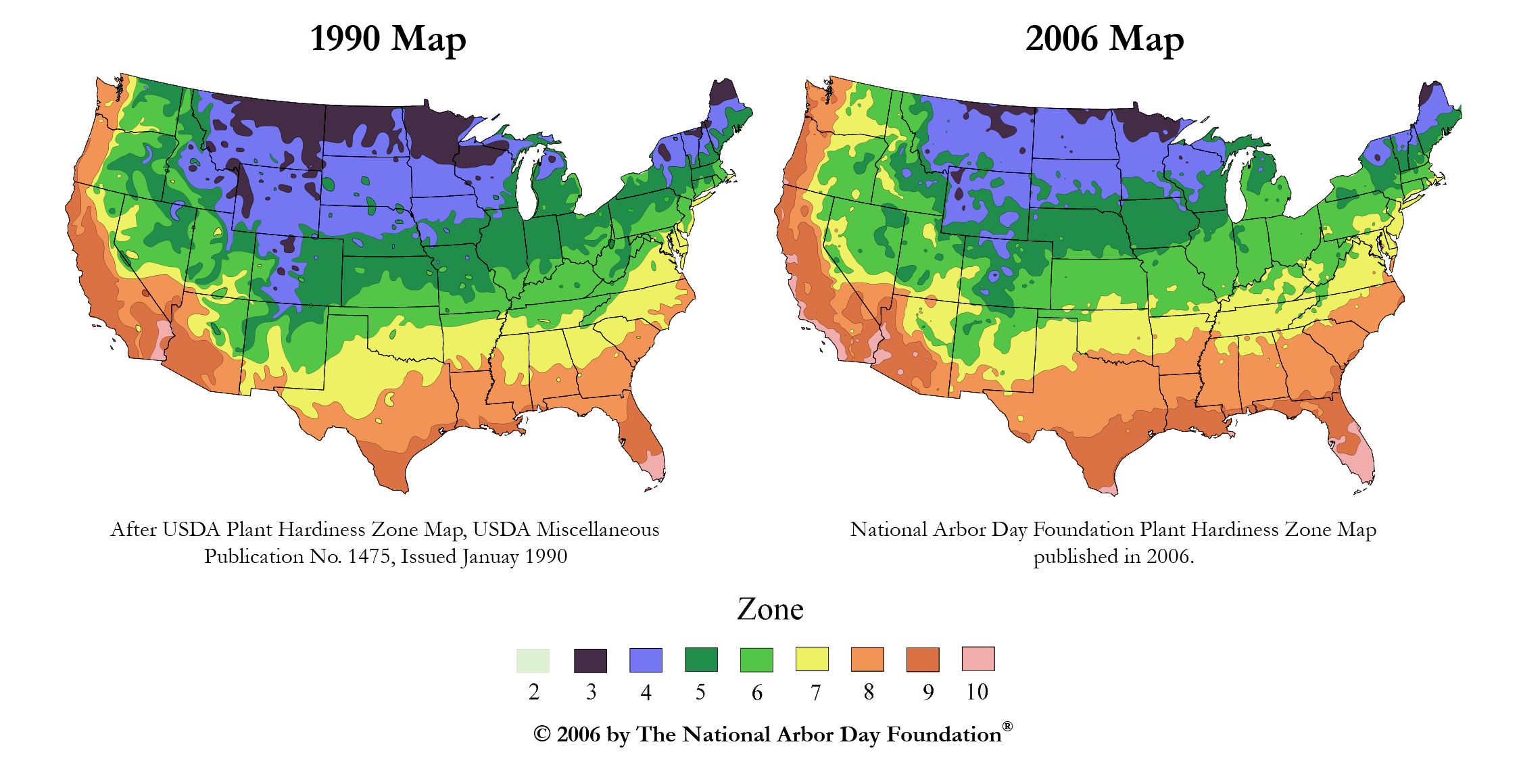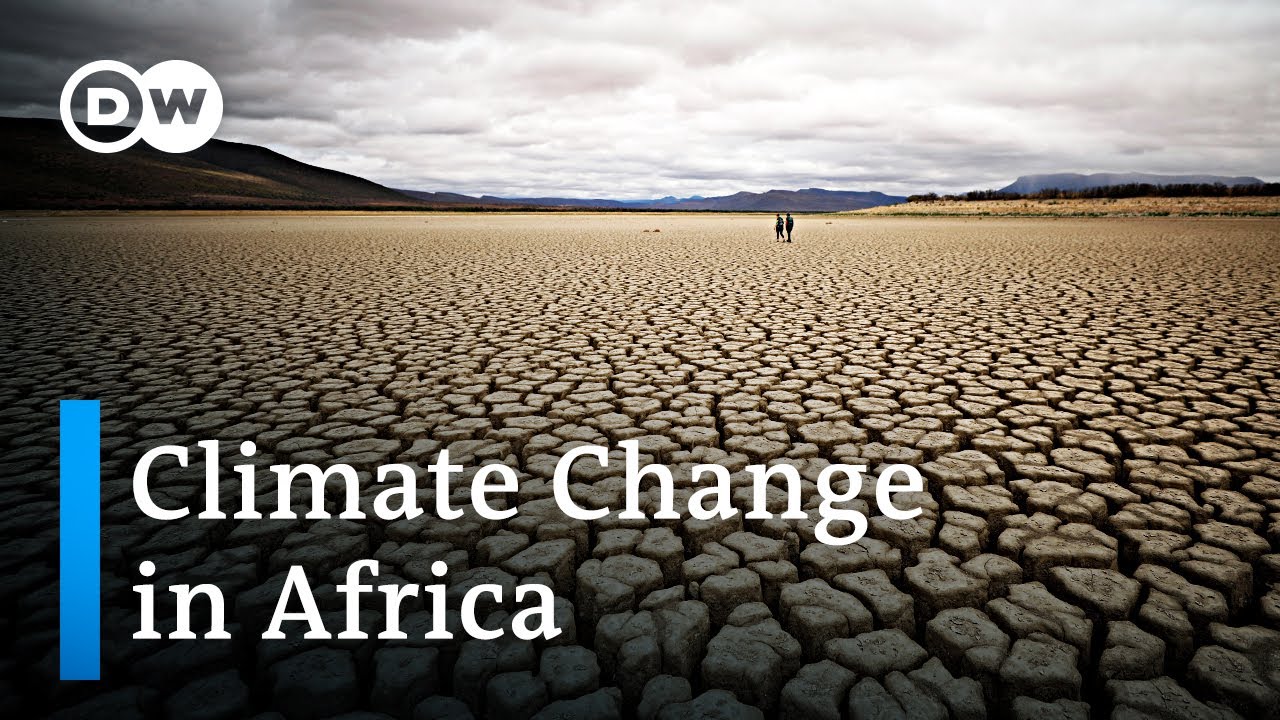
Nature climate change is the change of the global climate by extra heat that is caused by greenhouse gases. This heat is carried from Earth by the atmosphere and oceans. These two interact with each other. Climate changes can happen in hours or decades depending on the place where the weather is occurring. Weather is an important climate indicator, since it can have an effect on seasonal rainfall conditions. Climate is affected by the ice sheets and oceans as well as the carbon cycle and other elements. Many of these elements have a slow response.
The deep ocean is slow to respond to climate change. Reactions among the ice shelves and deep seas could cause delayed responses to climate changes. These processes can have an effect on the frequency of severe events. These feedbacks may account for 20% of mitigation needs by 2050, according to a recent analysis.

Restoring ecosystems is one way to combat climate change. These include natural wetlands, forests, and coastal ecosystems. These ecosystems can help reduce the climate change impacts by increasing carbon sequestration. They protect biodiversity, provide clean air, and secure water supplies. They can encourage collaboration among Sustainable Development Goals.
Climate change is one our most important and challenging science challenges. Many scientists are working hard to understand the causes, and potential consequences of climate changing. Understanding the impacts of climate changes on nature and humanity is critical. It can lead to dramatic changes in the adaptive capacity of species and the overall sensitivity of our climate system.
Despite the urgency and costs involved in solving climate problems based on nature, there is not much evidence. For their reliability to be assured, several factors must be considered. The first is that the benefits of nature-based solutions are often uncertain. Second, they require a solid understanding of the biome as well as its ecological resilience. Also, these solutions can be hard to monetize.
However, a recent analysis found that, in the short term, nature-based solutions could play a role in reducing the impact of climate change. Natural forests can help reduce flood risk and provide water security. Natural wetlands have another advantage: they reduce soil erosion.

While nature-based solutions may have some advantages over engineered options, their performance remains uncertain and must be combined with drastic reductions in greenhouse gas emissions. They should be promoted and funded.
Recent studies have shown that nature-based mitigation strategies are cost-effective and efficient. These solutions can be combined with rapid emissions cuts to contribute as high as 20% to mitigation by 2050.
For instance, natural wetlands can reduce flood risk and help prevent landslides. Additionally, biodiversity can be increased by natural forests and coastal ecosystems. Some ecosystems are also transitioning to other states as a result of climate change. Many species that were once limited to tropical or boreal areas are now moving into temperate habitats.
FAQ
What are some possible solutions to climate change, and how effective are these solutions?
Climate change is an urgent issue, and it requires immediate attention from government, business, and citizens. Climate disruption is obvious by rising temperatures, melting polar ice, extreme weather, higher sea levels and increasing sea levels. Numerous solutions have been suggested to deal with this phenomenon. They include technological solutions as well as behavioral changes and geoengineering.
Technological Solutions. There are many solutions to climate change that have been developed through technological changes. These include renewable energy sources, such as solar or wind power. They provide reliable and clean energy with minimal impact on the environment. Electric cars powered with renewable energy could dramatically reduce pollution in cities and replace petrol vehicles. Another technological solution is reforestation projects, which aim to increase carbon sequestration and soil.
Behavior Changes: Making small changes to your routines can make an enormous difference in reducing carbon emissions and limiting the likelihood of future climate disruption. Locally produced goods can reduce emissions and transport costs. Public or active transportation can optimize the use of resources, reduce cost and pollution simultaneously. Similarly, more efficient insulation in homes can decrease dependence on gas boilers to heat homes. This will also help lower bills.
Geo-engineering: Geo-engineering involves large-scale interventions in natural systems deemed too risky due to potentially unforeseen consequences -- including widespread crop failure or depletion in fish populations - though thought to be worth researching nonetheless due to its potential efficacy at dealing with the problem more quickly than behavior alone may allow for human activity would need to rapidly balance current CO2 levels via some possible mechanisms such as using Sulfates aerosol injection into Earth's stratosphere - blocking sunlight before it reaches the Earth's surface - brightening clouds above them so they reflect more light back into space or removing Carbon dioxide directly out of the atmosphere through bioenergy capture storage systems coupled with Carbon Capture Storage (BECCPS).
The effectiveness and efficiency of these solutions will depend on how many producers invest in green alternatives. However, incentives such as electric Cars play an integral part in incentivizing alternative solutions. Other than increasing consumer awareness about their utility over time, it is possible to mandate alternative solutions via policies measures. This requires regulatory bodies that are willing to engage players further. Although nontechnological approaches can work at one level; solving the global warming problem requires all parties.
What is the potential impact of land-use change and deforestation upon climate change?
Climate change is directly affected by land use changes and deforestation. Trees that are cut down or burnt can no longer absorb carbon dioxide. This is one of the most important greenhouse gasses on Earth. Deforestation and burning of trees for agricultural purposes removes less carbon dioxide from the atmosphere.
At the same time, changes in land use can also release more greenhouse gases into the atmosphere. For example, when forests are replaced with agricultural lands for livestock production, fertilizer, and pesticide use may increase emissions of nitrous oxide and methane. Clearing can also increase soils with high levels of carbon stored in them; these soils can be disturbed or turned over by farming activities and release more carbon dioxide into the atmosphere.
Land-use and deforestation have more than just an increase in greenhouse gas emissions. They can also impact regional air quality. For instance, smoke from burning events associated with deforestation has been linked to decreased visibility as well as health concerns such as asthma and other respiratory ailments. Because of the reduced amount of aerosol particles in our atmosphere, which scatter sunlight off the Earth's surface, these changes can have a cumulative impact on global climate.
In conclusion, both deforestation (and land-use) change have been a major contributor to rising levels of global greenhouse gases emissions. Additionally, they have had negative effects on local airquality that has contributed further to climate changes. If serious efforts towards mitigating climate changes are to be made quickly, then reducing these practices must be a priority.
How are developing countries and communities affected by climate change?
Due to their lack of access to resources, health care systems, and technology, communities and countries in developing countries are more vulnerable to climate change. Temperature, precipitation and sea level changes increase pressure on already finite resources. Already fragile ecosystems are being destroyed by floods or droughts. Rising temperatures can lead to a decrease in crop yields, which will disproportionately affect poorer communities struggling with food insecurity. Extreme weather events like heatwaves or hurricanes can lead to destruction of infrastructure, displacement of people and further perpetuating economic inequality.
Climate change will have long-term effects on resources, poverty, and health. This includes an increase in the number of vector-borne disease such as dengue fever or malaria. There will also be an increased risk of flooding from rising sea levels, combined with extreme weather events. This puts lives at risk in coastal locations where many people lack the necessary infrastructure and emergency services to evacuate. Not only does it require reducing greenhouse gas emissions, but other measures like better management and access to medical facilities. This will help with the prevention of diseases like Malaria.
How does climate change affect the world's oceans and marine life?
What are the impacts of climate changes on the oceans, and marine life worldwide?
Climate change has been significantly affecting the world's oceans and the associated marine life since its onset. The constant oceanic heating caused by the loss of the ozone layers causes severe disruptions to marine ecosystems, leading to coral bleaching and species declines.
Climate change may also be responsible for extreme sea level rises and more unpredictable weather conditions, which can prove to be fatal to coastal areas. Also, rising temperatures can reduce the oxygen levels in the water system, leading to "deadzones" that are areas with less marine life.
Ocean acidification is also caused by carbon dioxide that is released into the air and then accumulates in the seas. Ocean acidification raises the pH balance which disrupts essential functions of animals unable to adapt such as oysters, clams, and crabs as their shells become weakened.
Higher temperatures can alter the natural habitats of certain species by changing their locations or shrinking them, making them uninhabitable. Ocean stress increases already high extinction rates worldwide, creating a severe imbalance of predators and prey which might lead eventually to complete extinction.
The effects of climate change ripple throughout entire ecosystems influencing multiple species whether directly or indirectly through evaporation lowering water volumes or sharp temperature shifts jeopardizing any sustainable development for fisheries and other maritime activities. Global climate change continues to wipe out entire species of life on Earth, transforming our future lives not only on the land but also deep below the oceans' surface.
Statistics
- Indigenous peoples and local communities receive less than 1% of all climate funding despite scoring wins for people and nature Africa's broken food markets must be fixed to tackle hunger (climatechangenews.com)
- The 10 countries with the largest emissions contribute 68 percent. (un.org)
- Fossil fuel production must decline by roughly 6 percent per year between 2020 and 2030. (un.org)
- This source accounts for about 10% of all the water that enters this highly productive farmland, including rivers and rain. (climate.nasa.gov)
- According to the 2014 report on Climate Change Impacts, Adaptation, and Vulnerability (page 8) from the United Nations Intergovernmental Panel on Climate Change, governments at various levels are also getting better at adaptation. (climate.nasa.gov)
External Links
How To
How to Invest Clean Energy and Support a Transition to a Low Carbon Future
Clean energy is renewable energy that doesn't emit greenhouse gases or produce polluting emissions. It can include technologies such as solar photovoltaics, wind power and hydroelectricity. Renewable energy sources have many environmental benefits. This includes a decreased reliance on fossil oil, a decrease in air pollution caused by traditional electricity methods, as well as providing reliable electric access to remote locations.
By purchasing shares in companies that are developing new technologies in the sector, investors can become involved in clean energy projects. This can include investing in publically traded stocks, mutual funds, and ETFs (exchange-traded funds) related to renewable energy. Investors may also be interested in direct investments in start ups or venture capital projects that fund research and technology development.
Clean energy investment is a way to support innovation and reduce harmful emissions. This investment could lead to greater economic development as it may create jobs in the field of producing renewable energy systems, which require engineers and skilled labor. Finally, putting money into clean energy can provide investors with a financial return due to tax incentives programs that are incentivizing investments into green technologies like wind farms, solar panels, and biomass heat generation systems.
By investing in companies focused on creating cleaner sources of electricity from renewable resources such as sun, wind, and water while avoiding activities that could harm the environment, we can support the transition to a low-carbon future while reaping economic rewards at the same time.